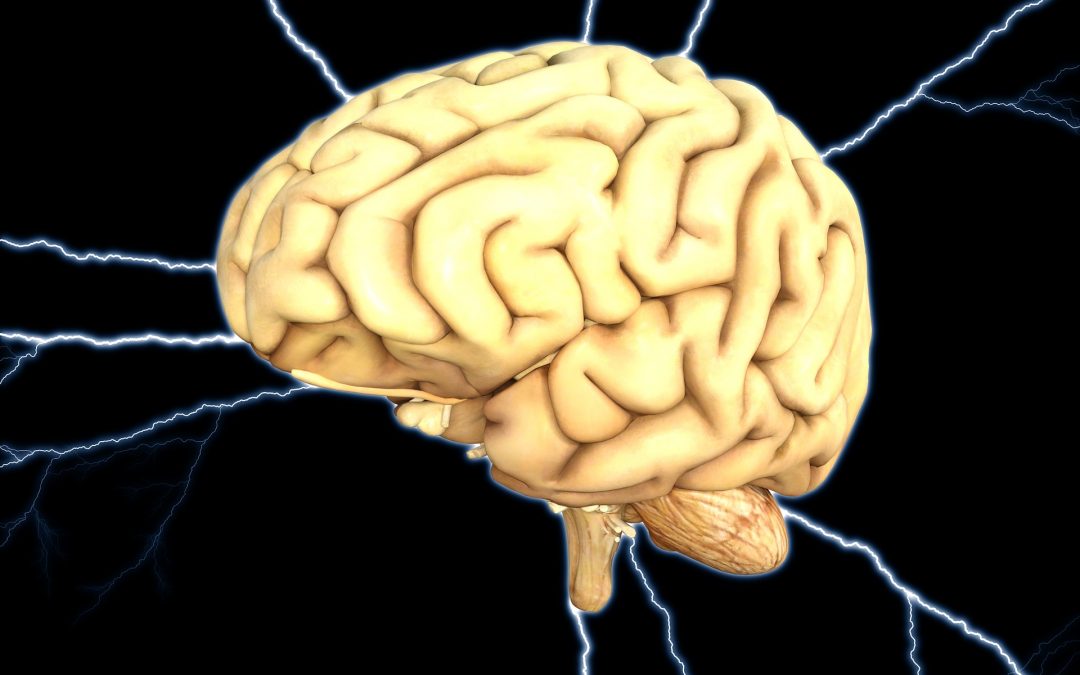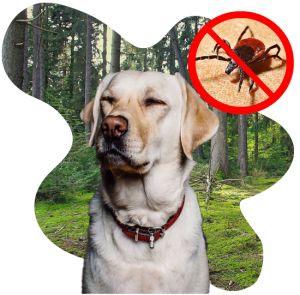
What Molecular Biology, the MTHFR Gene and Your Pet’s Brain Have in Common
Our companion animals give us unconditional love and support. They deserve the best that we can give them. Unfortunately many of them are living shorter lives. They’re also suffering from more serious and stubborn dis-eases. Things that just keep coming back and getting worse over time.
Dogs and cats are able to have long and healthy lives because of their ability to interact in a life-sustaining way with their environments. Their responses to external stressors keep them healthy or make them sick. The genes are only partially responsible for these reactions.
What you do matters even more! Behavior problems, seizures, and even brain tumors can be prevented and helped by the choices that you make every day.
For example, a dog can be playing with his friends and get a little wound which bleeds a bit but then clots and heals. Why? Because his complex clotting mechanism is working properly. However if the same pup has the genetic variation that causes Von Willebrand’s disease (VWD), the bleeding may not stop. The fun play is over and you have to rush to the veterinary hospital to get help. Some dogs have even bled to death due to this and other bleeding defects. Similar to hemophilia.
However, most animals with VWD are able to have normal lives. Why? Because just like a light switch, genes and the proteins they code for can be turned on or off. This is what are called epi-genetic influences. Many environmental factors effect genetic expression.
Things you do every day like vaccinating, medication use, feeding, and symptom suppression can modify the genes.
“Nutrigenomics” is the scientific term for this. Everyone can learn more about it from Dr. Dodds’ great 2015 book “Canine Nutrigenomics: The New Science of Feeding Your Dog of Optimum Health”. Guardians of cats, horses, and any living being can also benefit. This is not just about dogs.
In human animals, one of these genes causes an enzyme to be made that adds a very important little piece onto other chemicals in the body. This is called methylation. Abnormalities of methylation can cause symptoms of serious brain and behavioral imbalance ranging from obsessive compulsive disorders to schizophrenia and even brain tumors.
The thing is, that even if the gene is abnormal, the methylation process can be normal. That’s because, like VWD and many other genetic abnormalities, the disease it can cause can be prevented. Even once a dis-ease is active it can be helped. This is known as the gene’s “penetrance”. The result, or penetration of any gene can be modified through epigenetic and nutrigenomic influences.
You can make a huge difference in your pet’s quality and length of life. Every Holistic Action! that you take will help.
Many behavior and brain problems can easily be helped. Take advantage of epigenetics and start today. Feed fresh food, increase environmental stimulation, exercise and socialization.
Even though MTHFR abnormalities have not yet been documented in companion animals, adding methyl donors will also help. These can be found in dark green leafy vegetables and supplements like betaine and dimethylglycine. This simple action alone can reduce (and stop) seizures. You’ll also be helping the whole body function better.
Be well,
Dr. Jeff


 Meet Daphne
Meet Daphne

 Chi is a 16 year young kitty. He’s a purring machine who loves everyone!
Chi is a 16 year young kitty. He’s a purring machine who loves everyone! 

